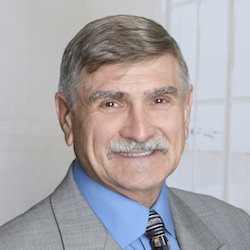As safety professionals, it is our duty to attempt to educate and explain to the public. Perhaps the biggest challenge is to explain the concept of risk. Many times after an accident we have heard a politician say something like “We will do whatever it takes to make sure this never happens again.” There seems to be no analysis of risk versus cost. Sometimes resources are expended far beyond the risk, and sometimes little is done to prevent future accidents.
The politicians and the public clearly view risk differently than safety professionals. For example, last year my company car was a Toyota Prius. I read reports and even had an email discussion with someone who had a “sudden unintended acceleration” incident. Although the news media made the situation seem horrible, my conclusion was that the risk was small and tolerable. However I thought supplemental training on consequence mitigation techniques for all possible drivers of the car would reduce risk further. I explained to some members of my family how they should first try to shut down the car by holding the ignition button for three seconds. If that fails, they should attempt to put the car into neutral. If that did not work, they should steer the car into an obstacle like the ditch or a guardrail before gaining further velocity, as lower levels of kinetic energy result in less damage. That backfired. All I got was an immediate demand to get rid of the car. A discussion about the small probability of an incident lacked any impact. I could not make any risk based argument to get agreement to keep the car. So now I have a company car with a conventional mechanical transmission and no reputation for unintended acceleration.
It is obvious that I am still learning how to explain the concept of risk to my family, politicians and the public. Of course as in my example, the news media often makes things worse. I understand that headlines sell newspapers. This headline may read: “Company XYZ Refuses to Spend the Money Necessary for True Safety.” What can we do about that? Ignore the sensationalism, and try to always keep a good balance between artificially amplifying perceived risk and ignoring real risk. However, this is not an easy task…
Tagged as: Dr. William Goble

